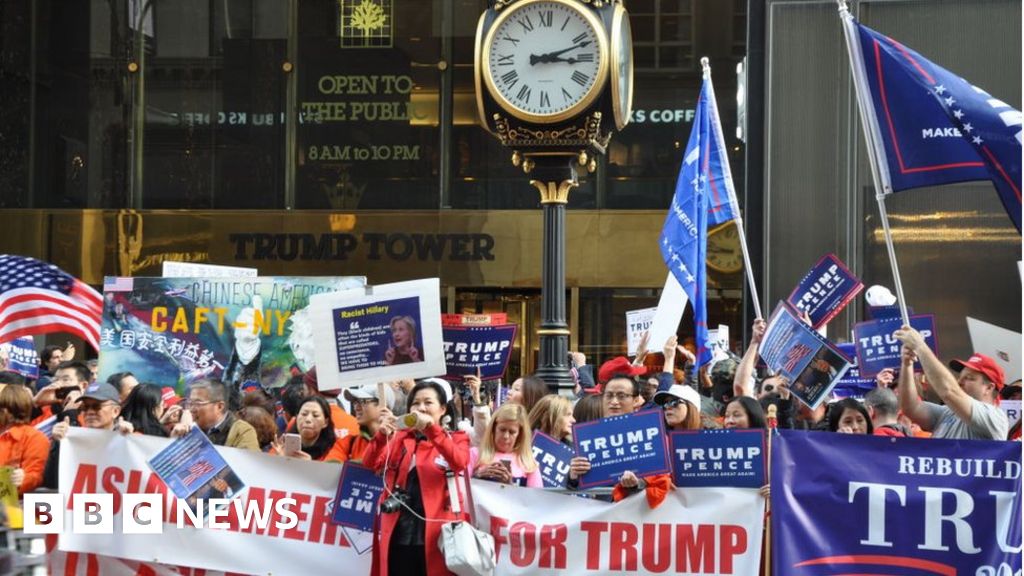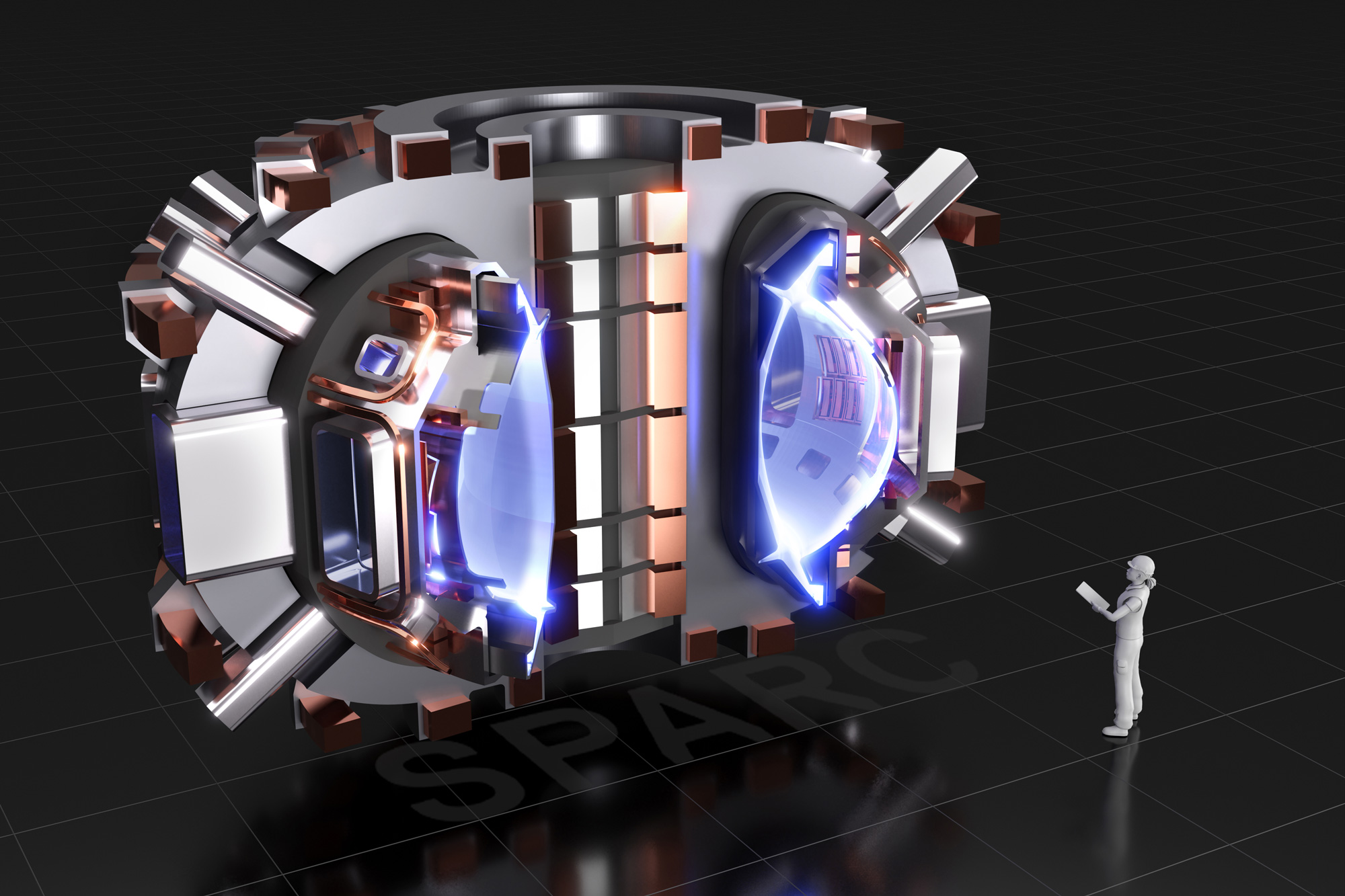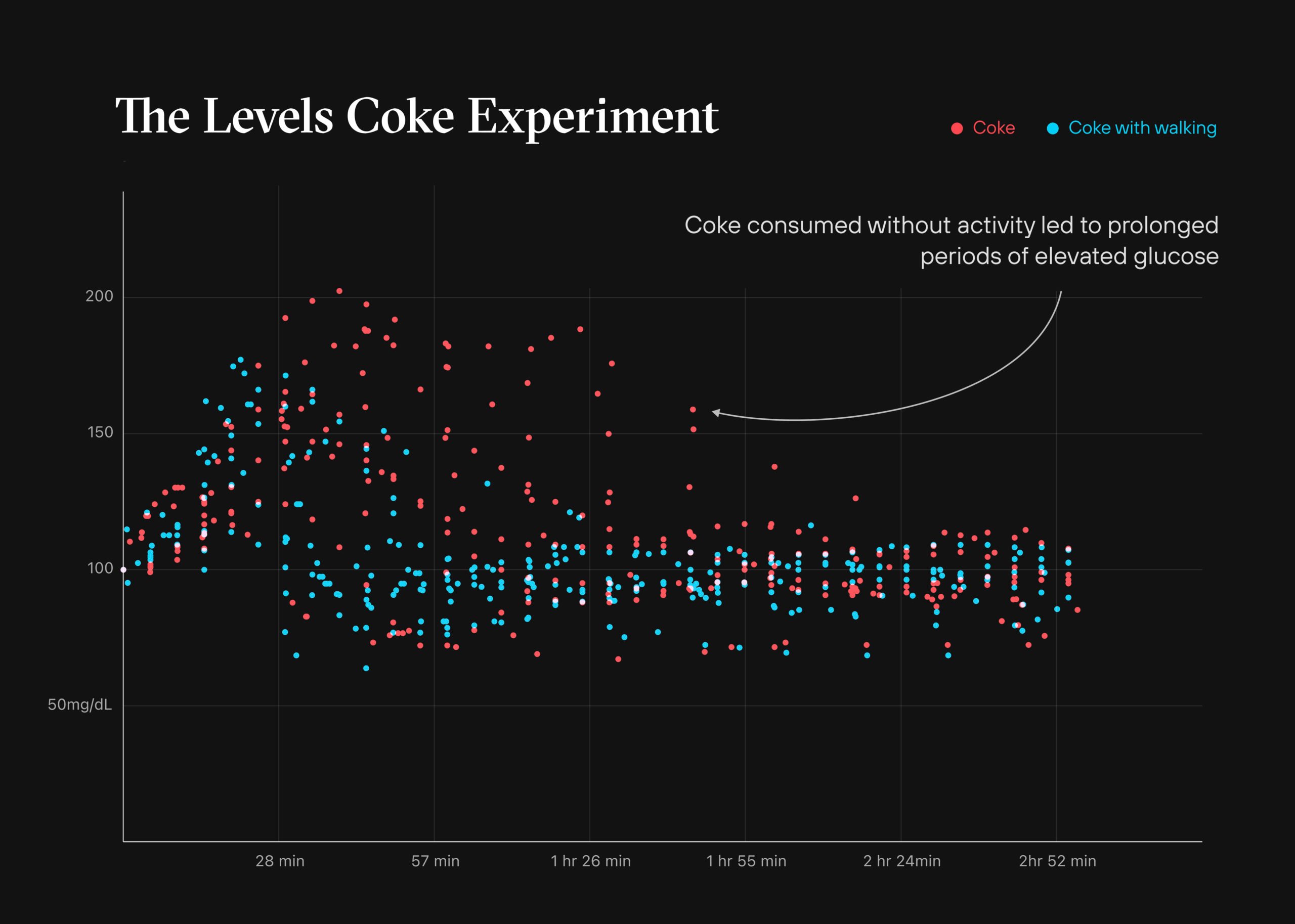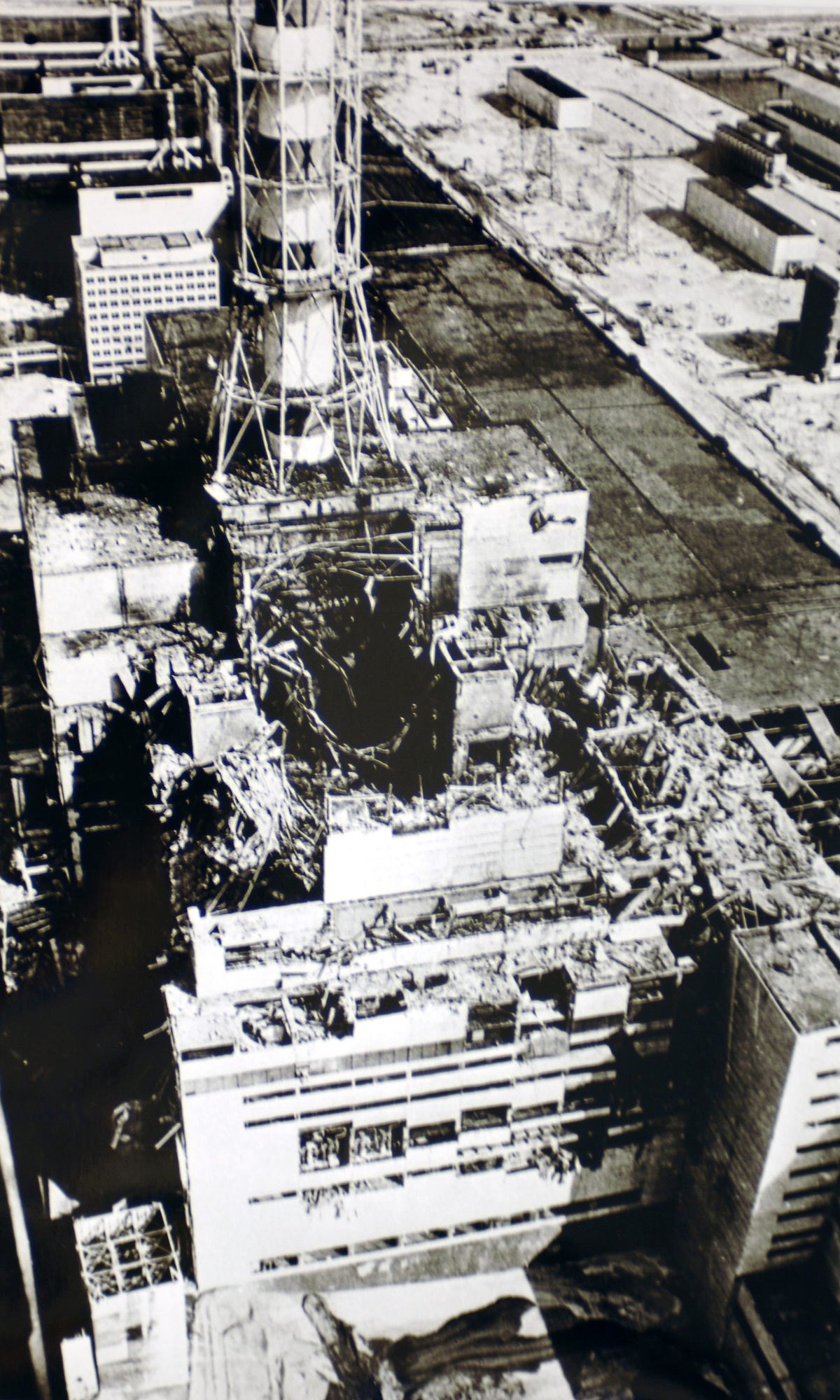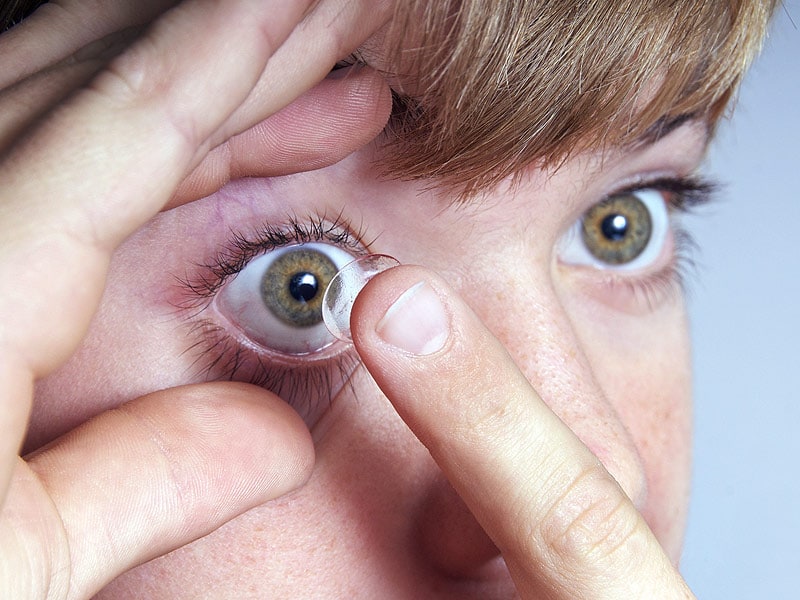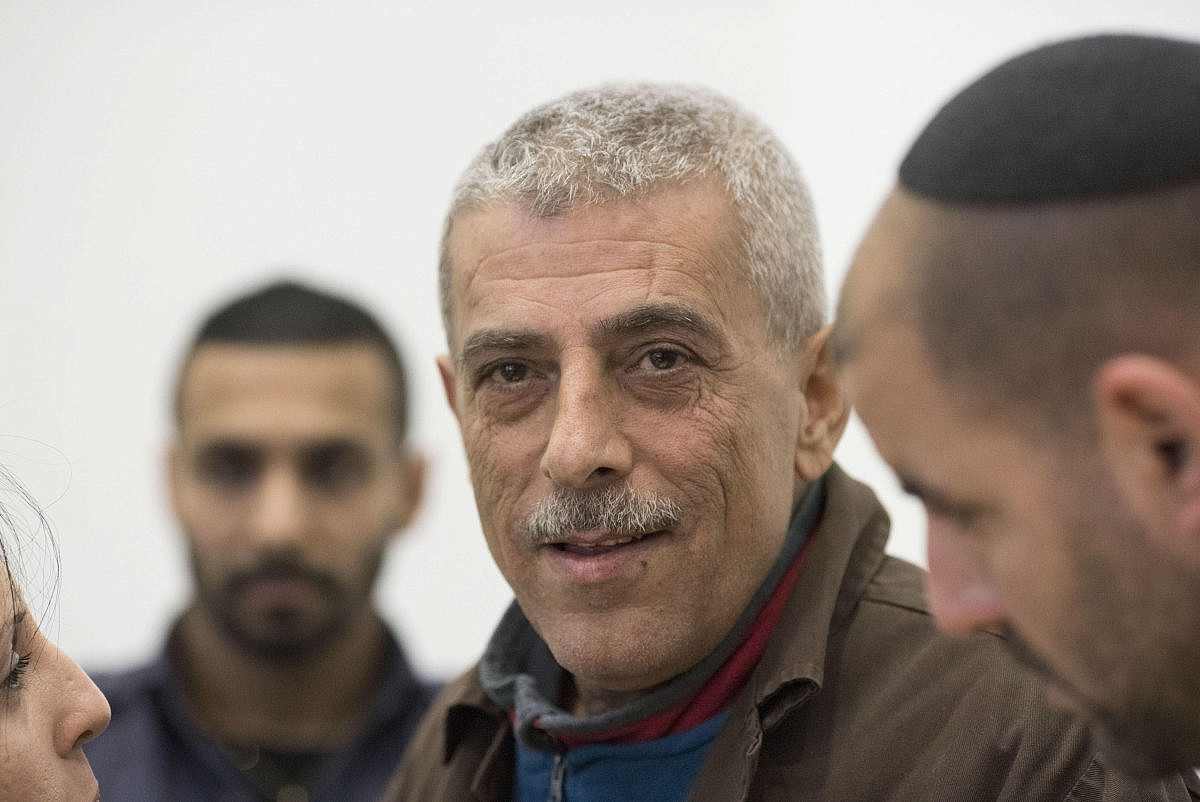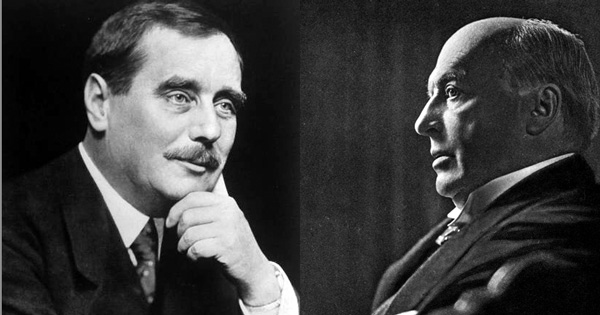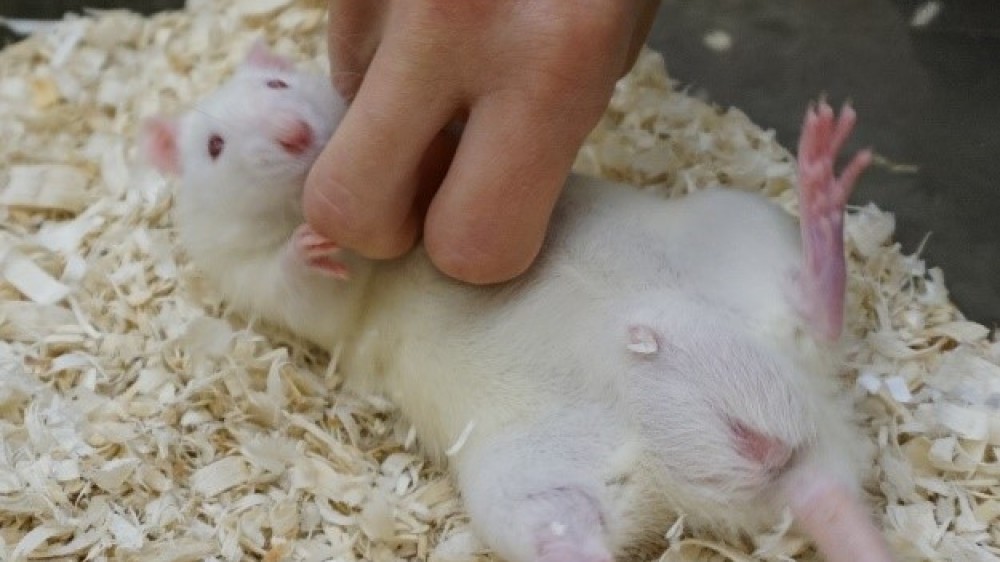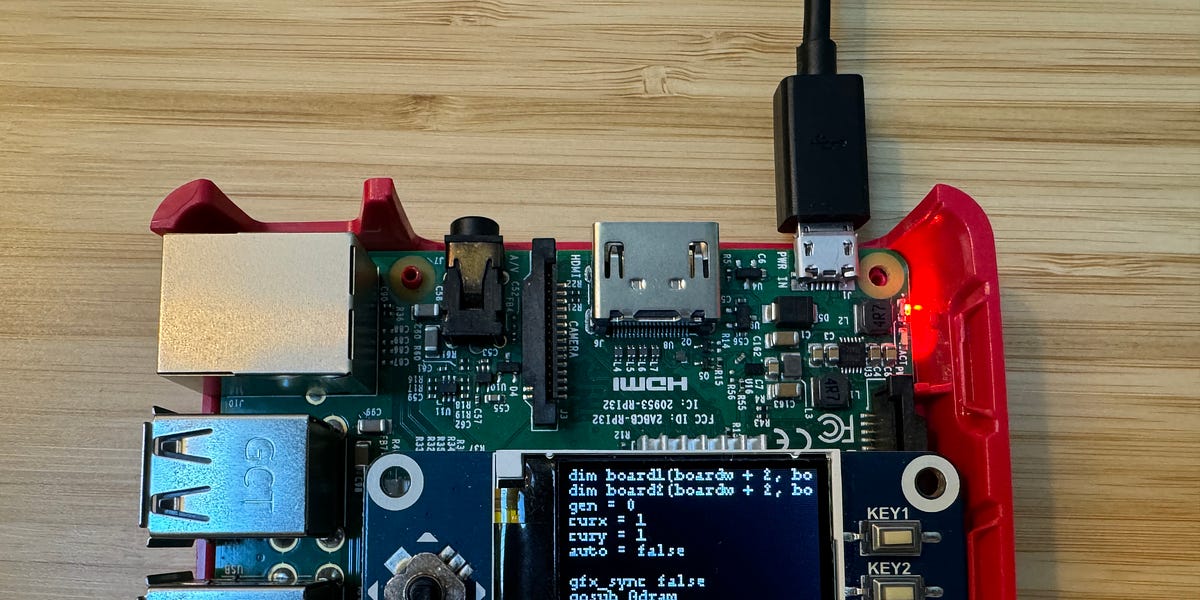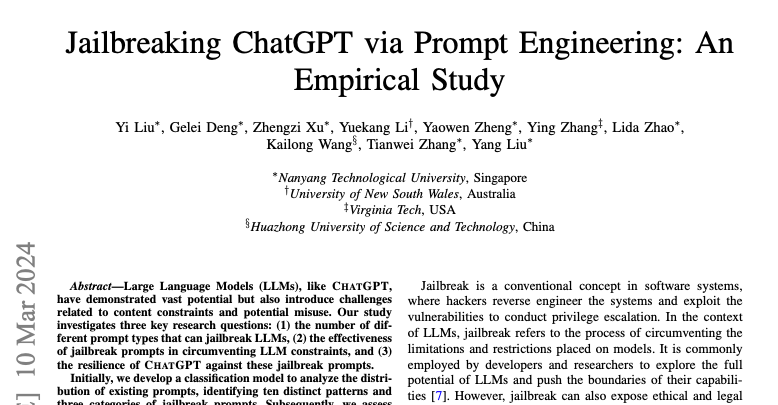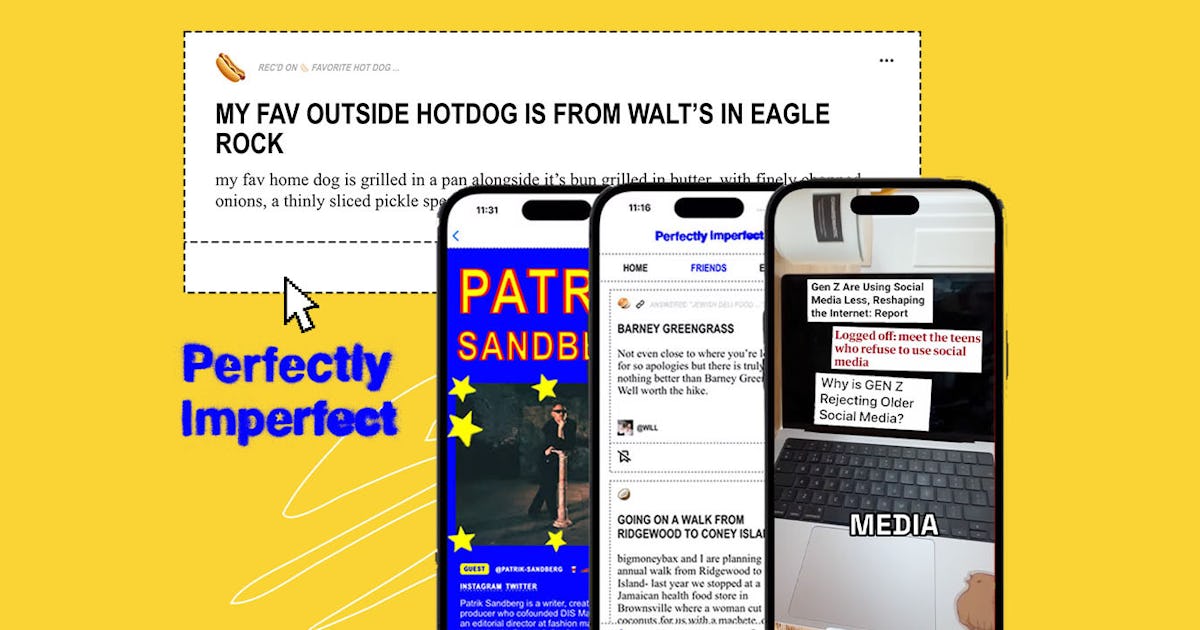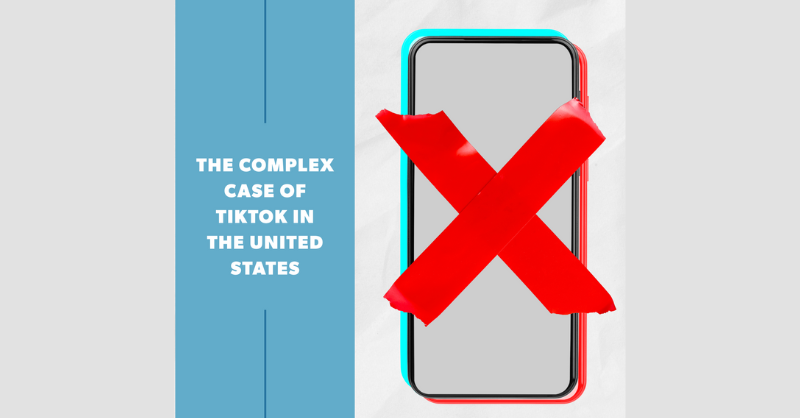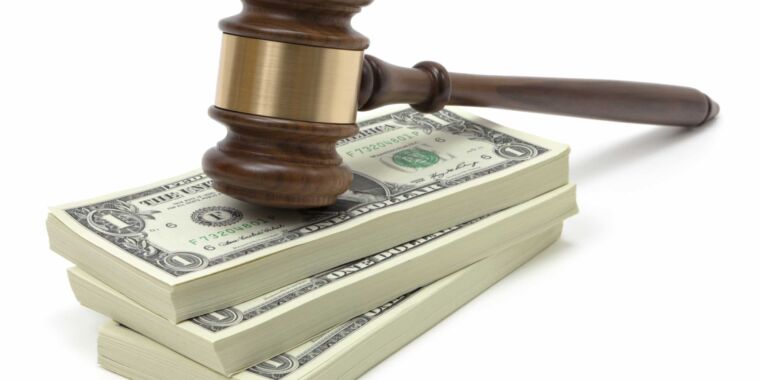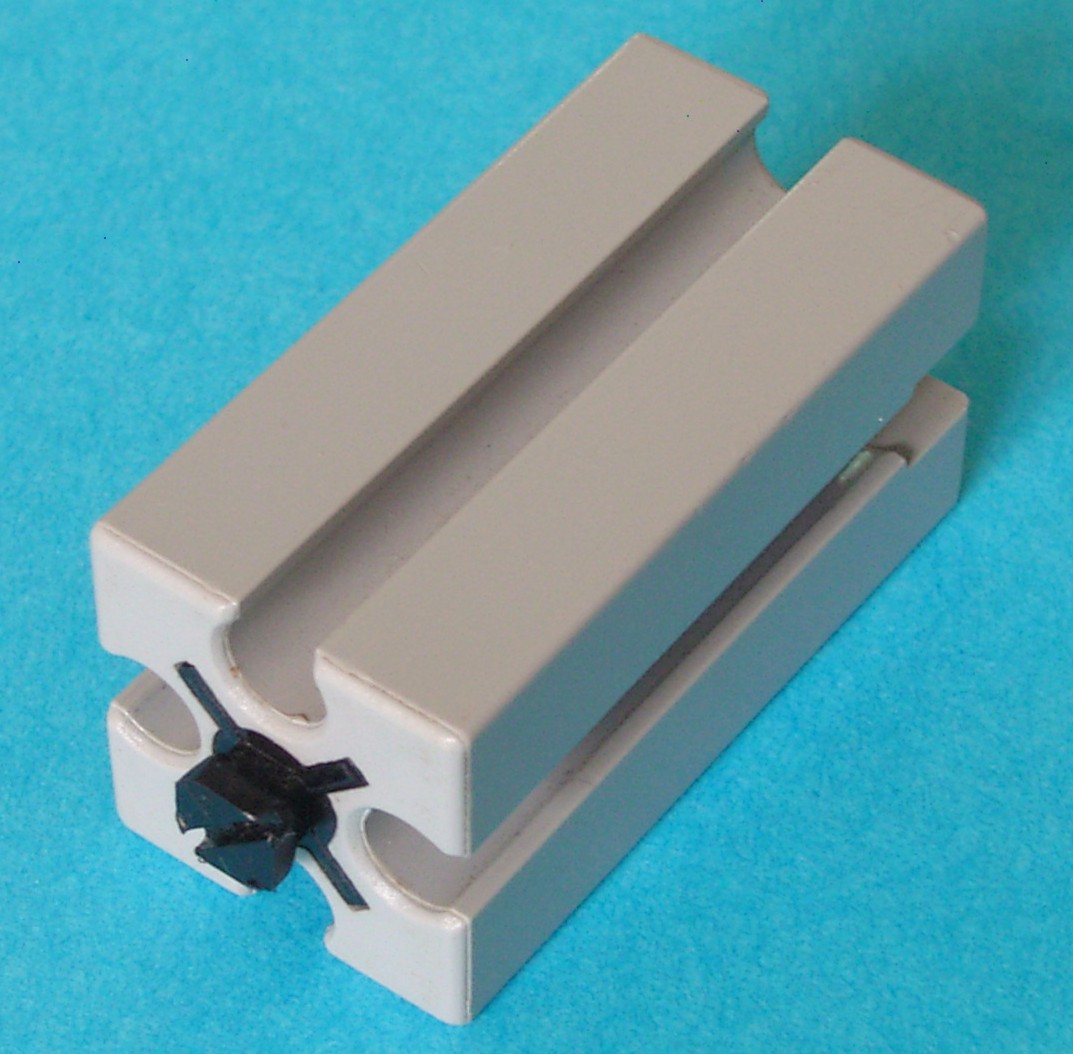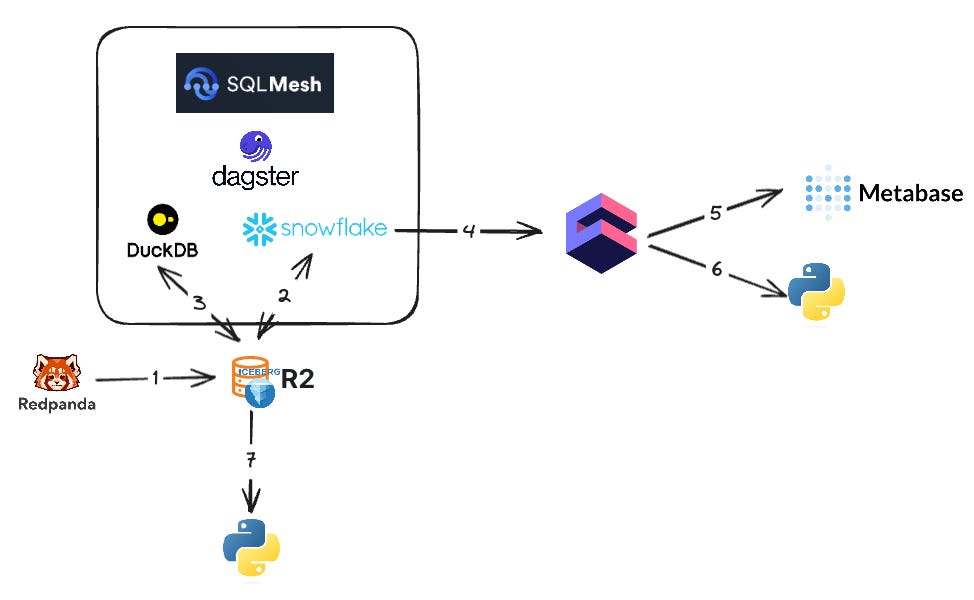
Wu experiment - Wikipedia
The Wu experiment was a particle and nuclear physics experiment conducted in 1956 by the Chinese American physicist Chien-Shiung Wu in collaboration with the Low Temperature Group of the US National Bureau of Standards.[1] The experiment's purpose was to establish whether or not conservation of parity (P-conservation), which was previously established in the electromagnetic and strong interactions, also applied to weak interactions. If P-conservation were true, a mirrored version of the world (where left is right and right is left) would behave as the mirror image of the current world. If P-conservation were violated, then it would be possible to distinguish between a mirrored version of the world and the mirror image of the current world.
The experiment established that conservation of parity was violated (P-violation) by the weak interaction, providing a way to operationally define left and right without reference to the human body. This result was not expected by the physics community, which had previously regarded parity as a conserved quantity. Tsung-Dao Lee and Chen-Ning Yang, the theoretical physicists who originated the idea of parity nonconservation and proposed the experiment, received the 1957 Nobel Prize in physics for this result. Chien-Shiung Wu's role in the discovery was mentioned in the Nobel prize acceptance speech,[2] but was not honored until 1978, when she was awarded the first Wolf Prize.
